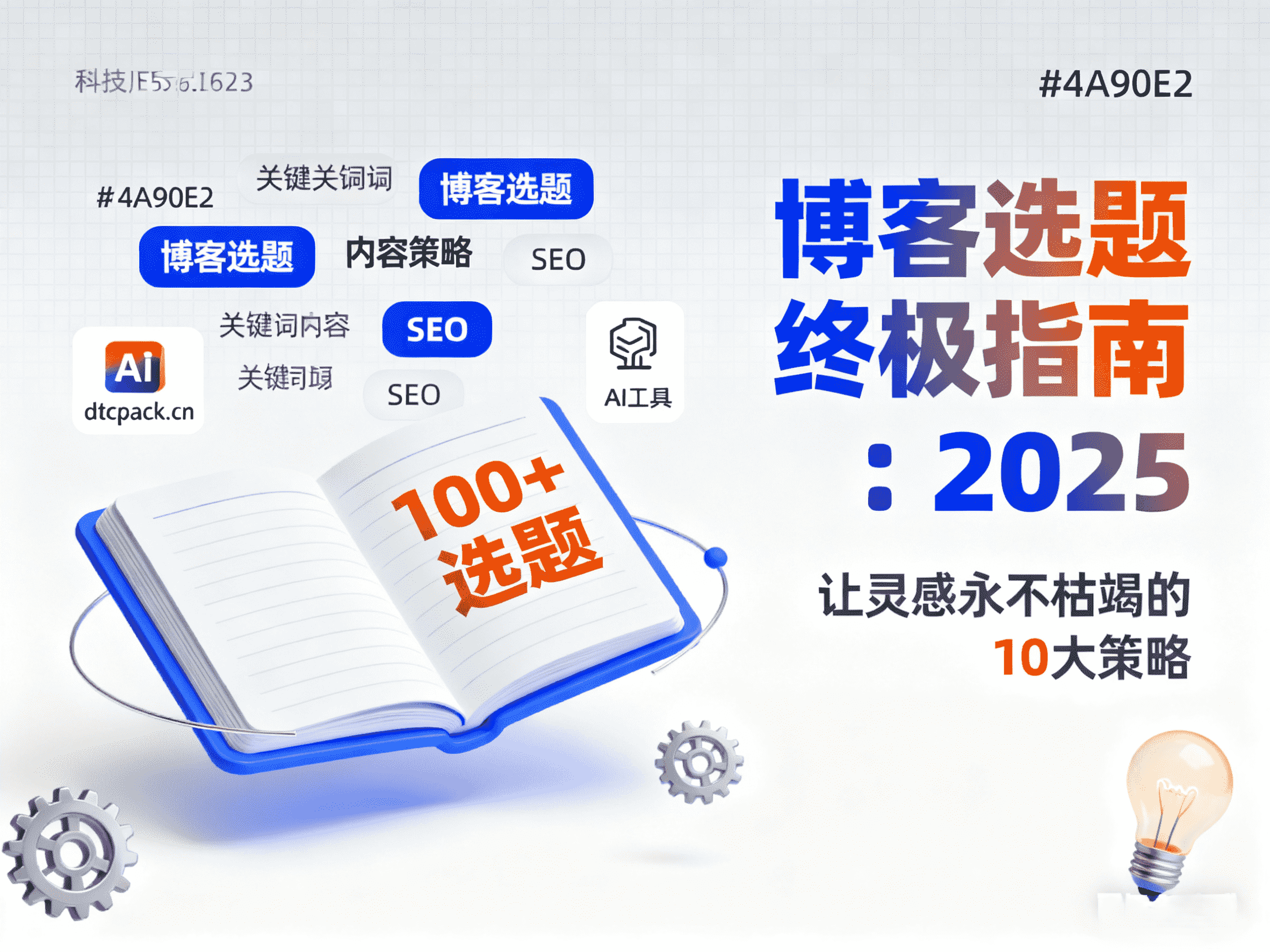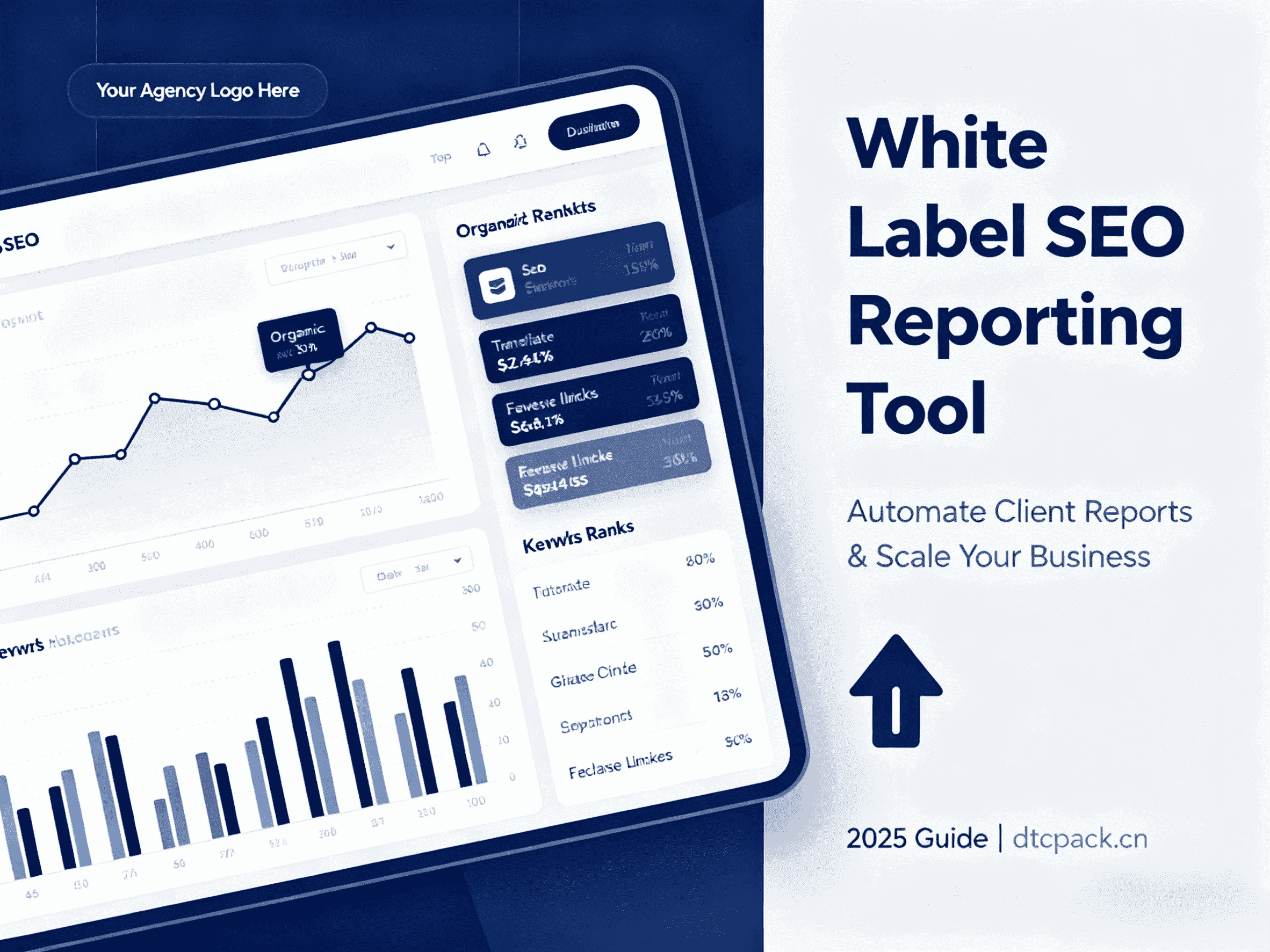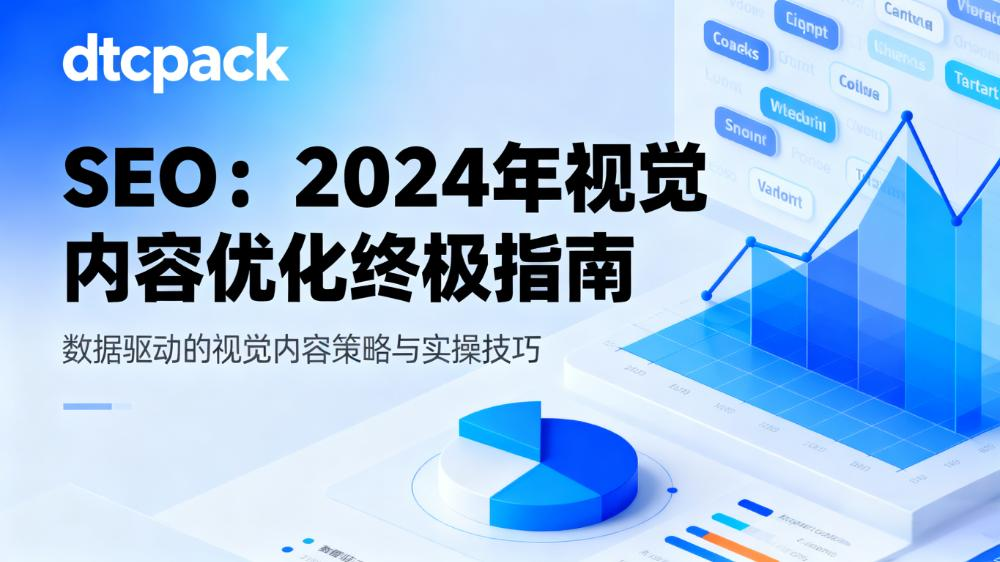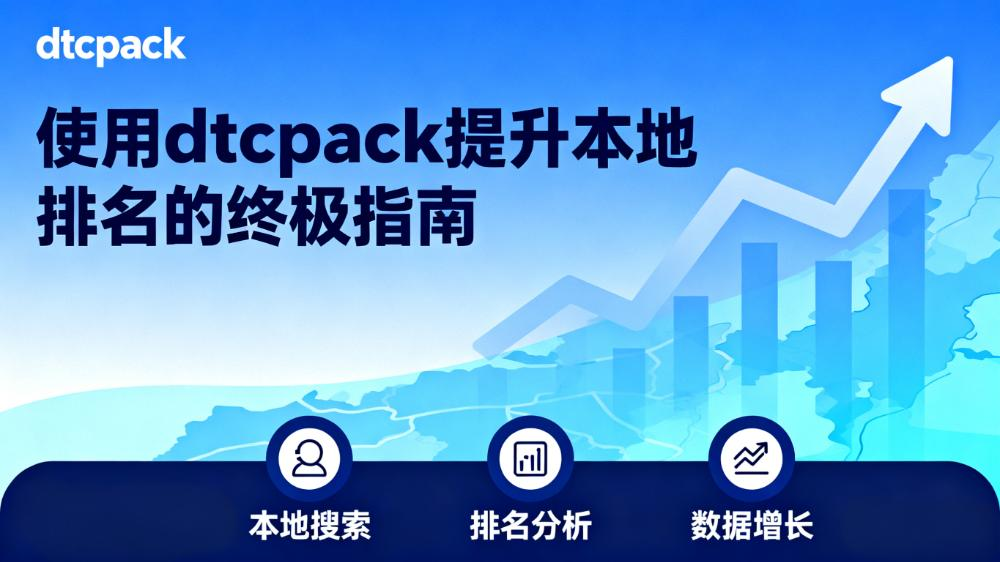For Chinese manufacturing enterprises, "going global" refers to selling products to overseas markets by exporting goods or establishing foreign branches and production bases. A successful global expansion can help a company expand its market share, increase revenue, enhance brand influence, and promote technological innovation and management upgrades. However, this journey is not without its challenges and risks. This article systematically outlines the nine core considerations that Chinese manufacturing enterprises must address when going global, providing a clear action guide for your international ventures.

1. Market Research: The Cornerstone of Your Global Strategy
Before making any decision to go abroad, comprehensive and in-depth market research is the essential first step. This includes:
-
Demand Analysis: Understanding the needs, pain points, and preferences of consumers in the target market.
-
Competitive Landscape: Analyzing the strengths, weaknesses, and market strategies of local and international competitors.
-
Development Trends: Grasping the future direction and technological trends of the industry.
-
Macro Environment: Having a clear understanding of the target market's policies, legal systems, cultural customs, and economic conditions to provide a solid foundation for all subsequent decisions.
2. Product Positioning: Building a Differentiated Competitive Edge
When entering a new market, your product must have a clear positioning.
-
Differentiation Strategy: Based on market research, identify your product's unique advantages over local competitors. Is it price, quality, technology, or design?
-
Localization and Adaptation: Make necessary adjustments to your product to suit the specific tastes, consumption habits, usage scenarios, and even power standards of the target market. Blindly replicating a successful domestic product overseas is a common cause of failure.
3. Partner Selection: Leveraging Local Strength to Accelerate Expansion
In an unfamiliar overseas market, a reliable local partner can be a powerful accelerator.
-
Types of Partners: This could be a local distributor, dealer, agent, or another enterprise for technical or brand collaboration.
-
Due Diligence: Choosing a partner requires extreme caution. Conduct thorough background checks and due diligence to assess their market channels, industry reputation, and financial stability, ensuring a balance of interests and a sustainable long-term partnership.
4. Brand Building: The Leap from "Manufacturer" to "Brand"
Brand building is crucial in the process of going global. A strong brand brings trust, premium pricing power, and loyalty.
-
Market Promotion: Quickly increase brand awareness by participating in local trade shows, holding product launch events, and collaborating with local influencers.
-
Brand Communication: Systematically shape your brand image through sustained advertising and content marketing on social media, industry websites, and news outlets that align with local user habits.
5. Team Building: The Guarantee of Successful Operations
An international business requires a professional, globalized team.
-
Team Composition: The ideal team should be composed of experienced employees dispatched from China and local employees who understand the market.
-
Cross-Cultural Competence: Emphasize the cultivation of the team's cross-cultural communication and management skills. Regular cross-cultural training can help the team better understand and adapt to the business environment and customer needs of the target market.
6. Risk Management: Avoiding Potential Pitfalls
Going global means facing more uncertainty.
-
Risk Identification: Proactively identify and assess potential market risks (e.g., demand fluctuations), policy risks (e.g., tariff changes, trade barriers), supply chain risks (e.g., logistics disruptions), and legal risks.
-
Contingency Planning: Develop corresponding management plans and emergency responses for different risks. Establish market warning and competitive intelligence analysis mechanisms to adjust strategies promptly when risks occur.
7. Financial Management: Ensuring a Healthy Cash Flow
Global expansion typically requires a significant initial investment.
-
Financial Planning: Conduct detailed financial planning and budgeting, and establish a strict financial management system.
-
Costing and Pricing: Reasonably assess export, transportation, and tariff costs, and formulate a scientific pricing strategy based on market competition.
-
Capital Recovery: Develop a clear capital recovery plan and credit management policy to ensure the company's cash flow remains healthy and stable.

8. Customer Service: Winning Customer Trust and Loyalty
Excellent customer service is key to building a good reputation and brand image.
-
Establish a Service System: Create a complete service system covering pre-sales consultation, in-sales support, and after-sales service. Providing timely, efficient, and high-quality after-sales service is core to retaining customers and encouraging repeat purchases.
-
Value Customer Feedback: Actively collect feedback and suggestions through continuous communication with customers and use it to iterate and improve products and services. This greatly enhances customer satisfaction and loyalty.
9. Cultural Integration: Achieving True Localization
A successful global enterprise is one that is deeply localized.
-
Respect Local Culture: Deeply understand and respect local cultural customs, values, and business etiquette to avoid misunderstandings and conflicts arising from cultural differences.
-
Enhance Cultural Sensitivity: Make cross-cultural training a key component of team building and personnel training to improve the cultural adaptability and international competence of all employees, laying a solid cultural foundation for the company's long-term success.
Conclusion
In summary, going global for a Chinese manufacturing enterprise is a systematic undertaking that requires thorough preparation in nine key areas: market research, product positioning, partner selection, brand building, team building, risk management, financial management, customer service, and cultural integration. Only by comprehensively considering these factors and focusing on meticulous management and execution can a company stand out in the fierce international competition and achieve true sustainable development.
FAQ (Frequently Asked Questions)
-
Q1: For a small or medium-sized manufacturing enterprise with limited funds, what should be the first step in going global?
A: For SMEs, the most prudent first step is to adopt a "light model" for global expansion by using cross-border e-commerce platforms (such as Alibaba.com, Amazon, etc.). This approach requires a relatively small initial investment and can help the company quickly test product responses in different markets, accumulate its first batch of overseas customers, and gain operational experience, laying the groundwork for deeper market entry later. -
Q2: What is the most important factor to consider when choosing an overseas partner?
A: The most critical factor is the alignment of values and long-term goals. Beyond "hard" conditions like channel capabilities and market resources, whether a partner shares the same business ethics and is willing to grow with your company is key to a lasting partnership. A relationship focused solely on short-term gains is often fragile. -
Q3: How can we effectively build a brand in overseas markets and avoid "cultural misfits"?
A: The key to avoiding "cultural misfits" is to hire local talent or partner with a local marketing agency. They have the best understanding of local user media habits, cultural touchpoints, and aesthetic preferences. Instead of imagining what might work from your headquarters in China, let the local team "on the ground" lead the creation and dissemination of marketing content. This is the only way to create brand messages that truly resonate with local consumers. -
Q4: What is the biggest risk for a manufacturing enterprise going global, and how should it be managed?
A: One of the biggest risks is supply chain risk and compliance risk. To manage supply chain risk, you need to establish diversified logistics solutions and consider using overseas warehouses to reduce the uncertainty of long-distance transportation. To manage compliance risk, it is essential to hire professional legal and tax consultants before entering a market to ensure your products meet local quality standards, certification requirements (e.g., CE, FCC), and data privacy regulations (e.g., GDPR), thereby avoiding huge fines or product bans.







